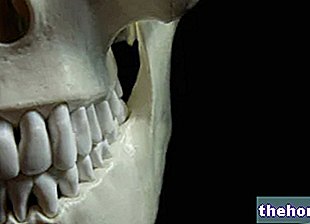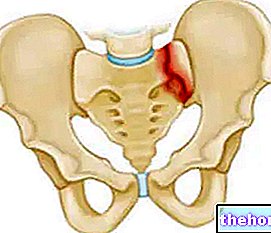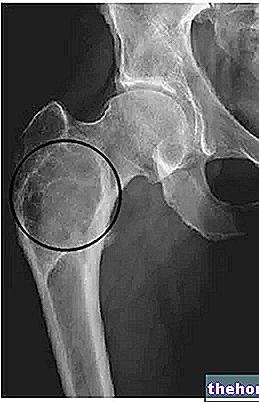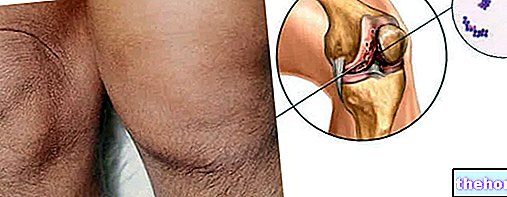Osteophytes are small bone spurs, similar to a rose thorn, a beak or a claw, which form along the joint margins of bones affected by chronic erosive and irritative processes.

As shown in the figure, larger osteophytes are easily detectable even by the inexperienced eye, presenting themselves as irregularities in the bone profile. The radiological progression of osteophytes can also be used by the doctor to evaluate the adequacy of the therapy undertaken and the evolution of the pathology below.
Given their origin, osteophytes are more common among the elderly, in competitive sportsmen, in obese subjects and in patients affected by congenital joint malformations or secondary to traumatic events.
Symptoms
The presence of osteophytes in the joint margins can contribute to:
- accentuate painful phenomena (first pain during movements, then constant and worsening pain even at rest)
- increase joint degeneration with cartilage wear
- limit the movements of the joint
- create mechanical obstructions (for example a "cervical osteophytosis can cause difficulty swallowing)
- irritate a nerve root with irradiation of pain and muscle weakness (typical consequence of osteophytosis of the margins of the vertebral body)
Causes of origin
From the pathophysiological point of view, it is believed that the formation of osteophytes is a phenomenon of bone neo-apposition dictated by the attempt to establish a greater contact surface between the joint heads worn by the disease. In the specific case of "arthrosis:
- Genetic predisposition + Joint incongruity, Overload or Obesity → wear and damage of the cartilage → reduction of joint thickness + release of inflammatory mediators → increase in the turnover of the subchondral bone (underlying the cartilage) and enlargement of the epiphysis with the formation of osteophytes
Treatment
To date, there is no simple and effective cure for osteoarthritis and osteophytes related to it; once it has begun, cartilage degeneration is almost unstoppable: through appropriate therapeutic aids it is however possible to slow down the phenomenon
- anti-inflammatory drugs, topical application of capsicin, infiltration of hyaluronic acid, reduction of body weight in case of obesity, constant physical activity that includes proprioceptive and mobility exercises avoiding excessive overloads, correction of any postural defects, integration of glucosamine and chondroitin sulphate for oral, alkaline diet rich in omega-three
or proceed with the surgical replacement of the joint damaged by osteophytes with a mechanical prosthesis.




























